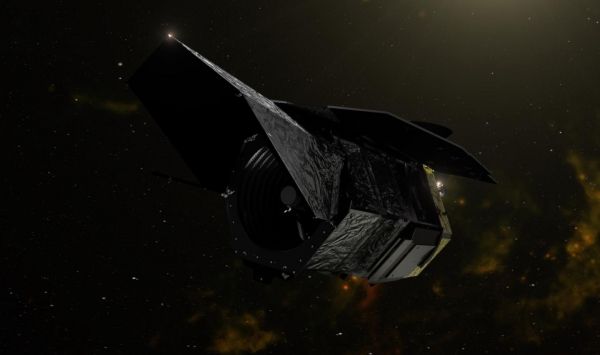New simulations show that NASA’s Nancy Grace Roman Space Telescope will be able to reveal myriad rogue planets – freely floating bodies that drift through our galaxy untethered to a star. Studying these island worlds will help us understand more about how planetary systems form, evolve, and break apart.
Astronomers discovered planets beyond our solar system, known as exoplanets, in the 1990s. We quickly went from knowing of only our own planetary system to realizing that planets likely outnumber the hundreds of billions of stars in our galaxy. Now, a team of scientists is finding ways to improve our understanding of planet demographics by searching for rogue worlds.
“As our view of the universe has expanded, we’ve realized that our solar system may be unusual,” said Samson Johnson, a graduate student at Ohio State University in Columbus who led the research effort. “Roman will help us learn more about how we fit in the cosmic scheme of things by studying rogue planets.”
The findings, published in the Astronomical Journal, center on the Roman Space Telescope’s ability to locate and characterize isolated planets. Astronomers have only tentatively discovered a few of these nomad worlds so far because they are so difficult to detect.
Read more at NASA/Goddard Space Flight Center
Image: High-resolution illustration of the Roman spacecraft against a starry background. (Credit: NASA's Goddard Space Flight Center)


